Picture a world where tropical forests creep into temperate zones, transforming entire coastlines. This isn’t science fiction – it’s happening right now along America’s coasts. Mangroves, those salt-tolerant trees with their iconic arching roots, are on the move.
These remarkable forests have traditionally been restricted to the warmest corners of our continent. Yet climate change has shifted the rules of engagement, and we’re witnessing one of nature’s most fascinating migrations. So let’s dive in and discover why this northward march matters more than you might think.
Florida’s Accelerating Tropical Transformation
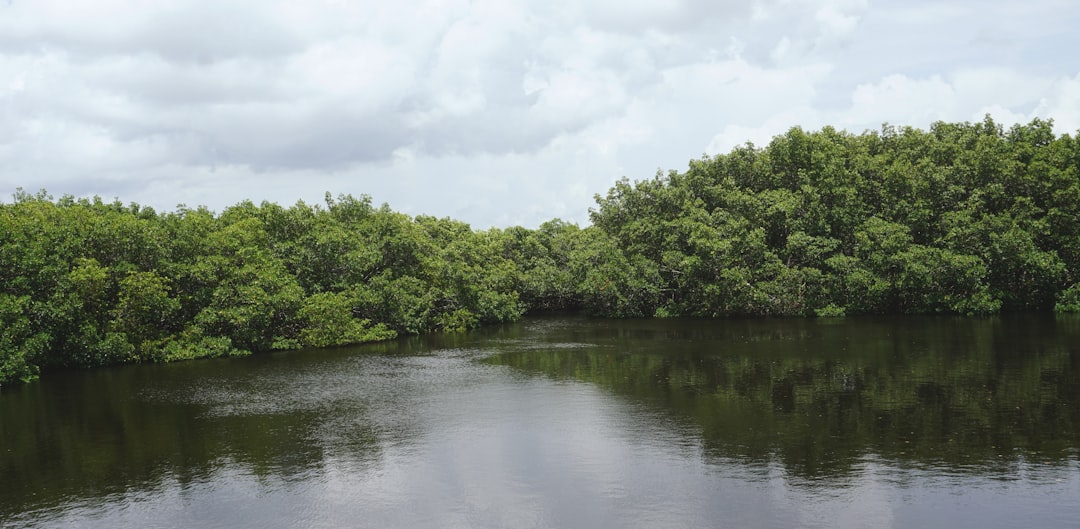
Between 2003 and 2010, mangrove cover at the refuge increased 69 percent at Merritt Island National Wildlife Refuge in Florida. This dramatic expansion represents more than just a statistical anomaly – it’s a complete ecosystem transformation happening at unprecedented speed. Working with other ecologists in the shadow of the huge launch complex at Florida’s Kennedy Space Center, we have found that mangroves have increased in abundance by 70 percent in just seven years over an area of 220 square miles.
The transformation goes beyond numbers. The structure of coastal wetlands has shifted from herbaceous marshes, where almost all the aboveground biomass dies back to the ground on an annual basis, to tree-dominated mangrove forests where only ~20% of the aboveground biomass recycles annually. Florida’s coast is literally becoming more tropical, creating new ecological realities that researchers are still trying to understand.
Georgia’s First Black Mangrove Colonies Take Root
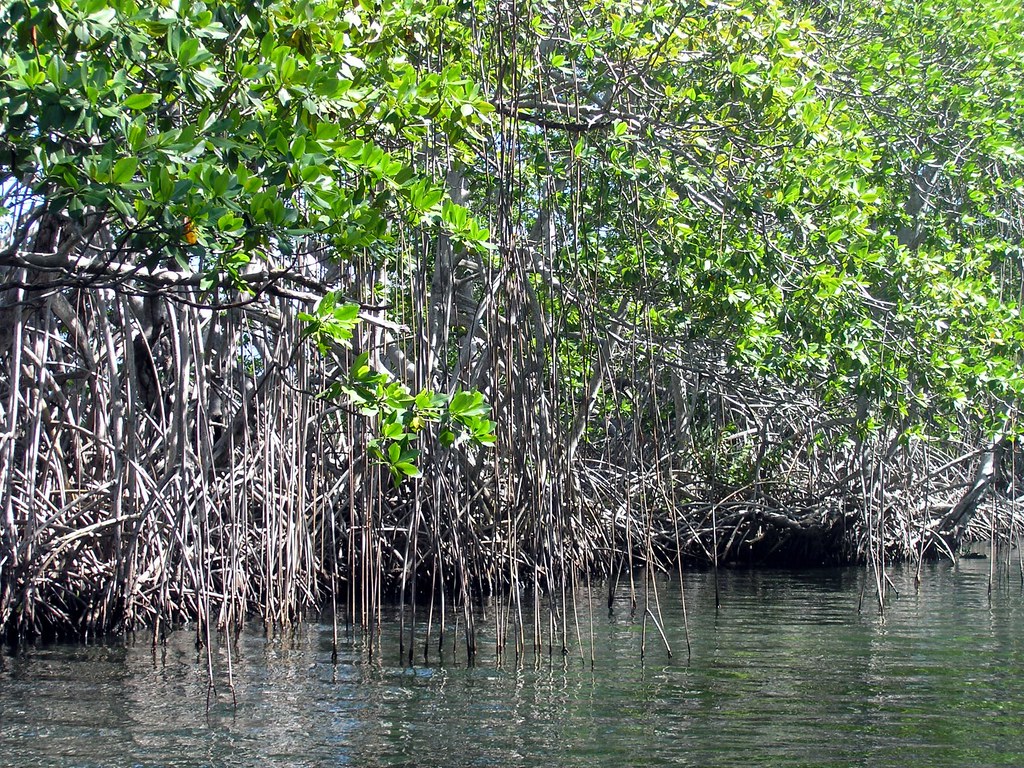
Something extraordinary happened after Hurricane Irma swept through in 2017. Irma’s winds and waves carried mangrove seedlings, or propagules, into Georgia, establishing the first documented populations in the state. Vervaeke, the Park Service ecologist, espied the black (Avicennia) mangrove on the shores of the Naval Submarine Base Kings Bay. Later, he found four red mangroves on a little island off the naval base.
This marks a historic milestone in American ecology. Georgia’s mangroves represent more than just new plant populations – they’re living proof of how rapidly ecosystems can shift under climate pressure. The fact that these tropical trees now call Georgia home would have seemed impossible just decades ago.
Texas Gulf Coast Mangrove Protection Shields Communities
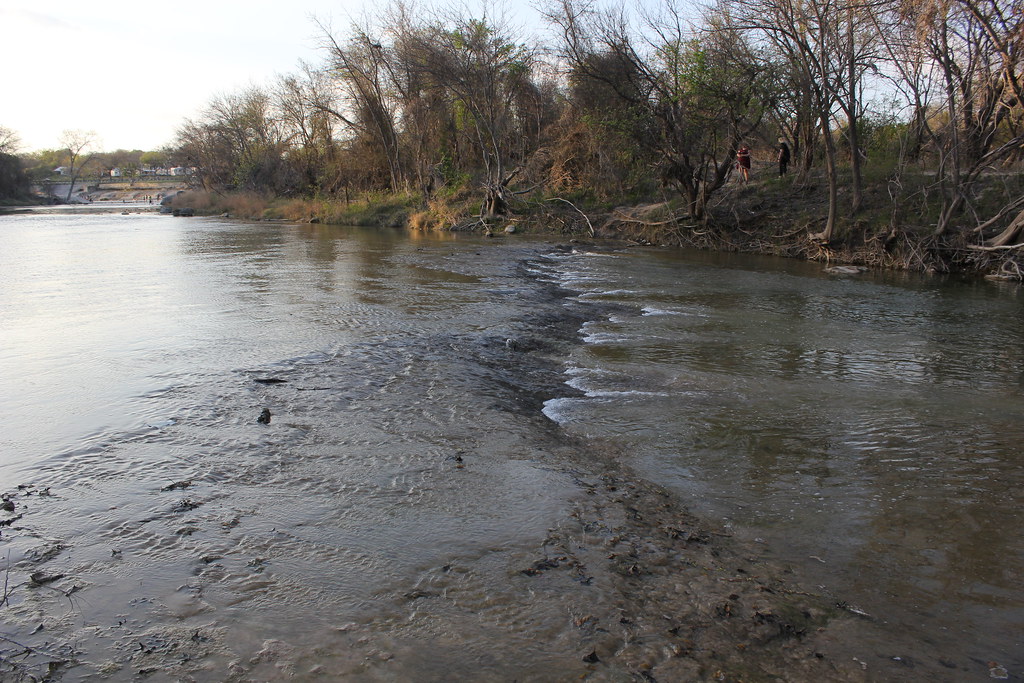
Hurricane Harvey provided a devastating natural experiment that revealed mangroves’ protective power. Data collected in November – about 14 months after Harvey slammed the coast – found that shorelines in areas with no mangrove protection experienced significantly more erosion, compared to those fully covered by the low, woody shrubs. The difference was startling and immediate.
Data from erosion stakes indicated up to 26 cm of vertical and 970 cm of horizontal erosion over 70 months in the plot with 0% mangrove cover, but relatively little erosion in other plots. Texas communities are witnessing firsthand how these expanding forests could serve as natural storm barriers. Mangroves have historically made up only a fraction of vegetation along the Gulf coast, but Pennings said they could be the dominant source of vegetation within 50 years.
Louisiana’s Fragile Wetland Mangrove Invasion

Louisiana’s delicate wetland ecosystem faces a unique challenge as mangroves push inland. Analysis of the drone photogrammetry from 2018 to 2023 revealed that hurricanes effectively pruned the mangrove trees at Port Fourchon by breaking branches, stripping leaves, and knocking down the tallest trees. Mangrove height in Port Fourchon, La., is still recovering from Hurricane Zeta in 2020 and Hurricane Ida in 2021. This dynamic creates a complex push-and-pull between expansion and storm damage.
Despite hurricane setbacks, the long-term trend remains clear. According to (Osland et al., 2020b), the frequency of extreme freeze events has controlled the abundance and height of A. germinans in Louisiana, USA. As these freeze events become less frequent, Louisiana’s coastal landscape continues its gradual tropical transformation, though storms regularly reset the clock on mangrove establishment.
The Freeze Line Migration Reshapes Ecosystems
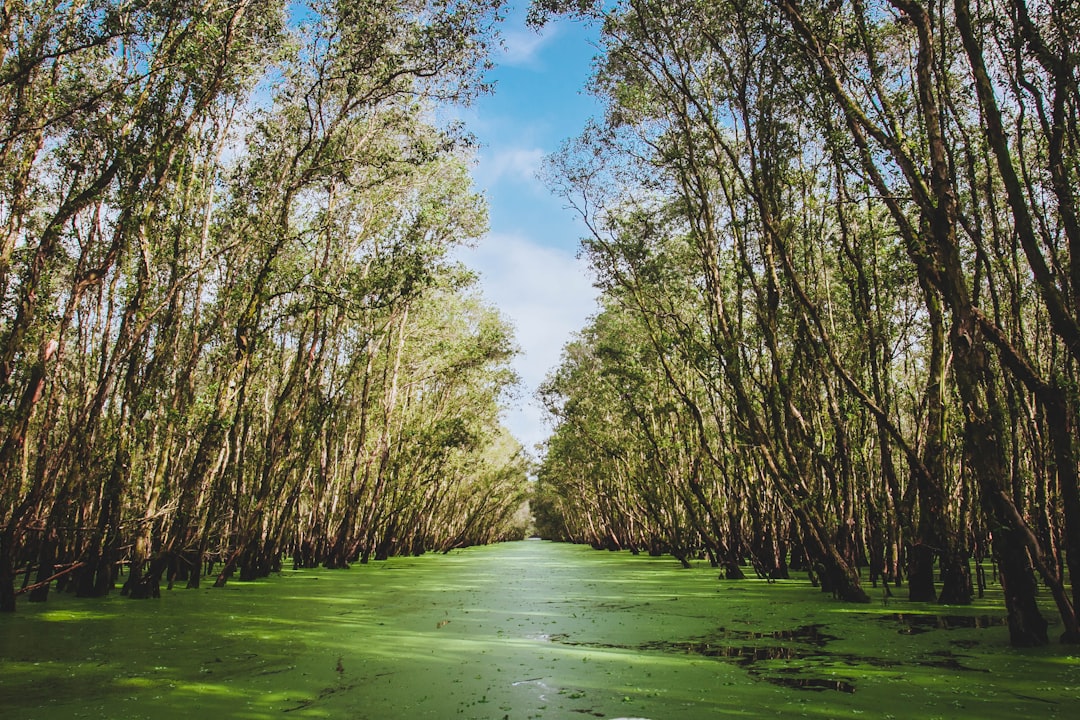
The mechanism driving this expansion is surprisingly simple yet profound. This expansion is associated with a reduction in the frequency of “extreme” cold events (days colder than −4 °C), but uncorrelated with changes in mean annual temperature, mean annual precipitation, and land use. Our analyses provide evidence for a threshold response, with declining frequency of severe cold winter events allowing for poleward expansion of mangroves.
In coastal wetlands along the Gulf of America and Atlantic coasts of the United States, freeze events govern the northern extent of mangrove forests. Many climate model simulations indicate that winter temperatures may warm in the coming decades; if that were to occur, it is likely that tropical, freeze-sensitive mangrove forests would expand northward at the expense of temperate, freeze-tolerant salt marshes. This isn’t about average warming – it’s about the disappearance of killer cold snaps that historically kept mangroves in check.
Carbon Storage Revolution Along America’s Shores
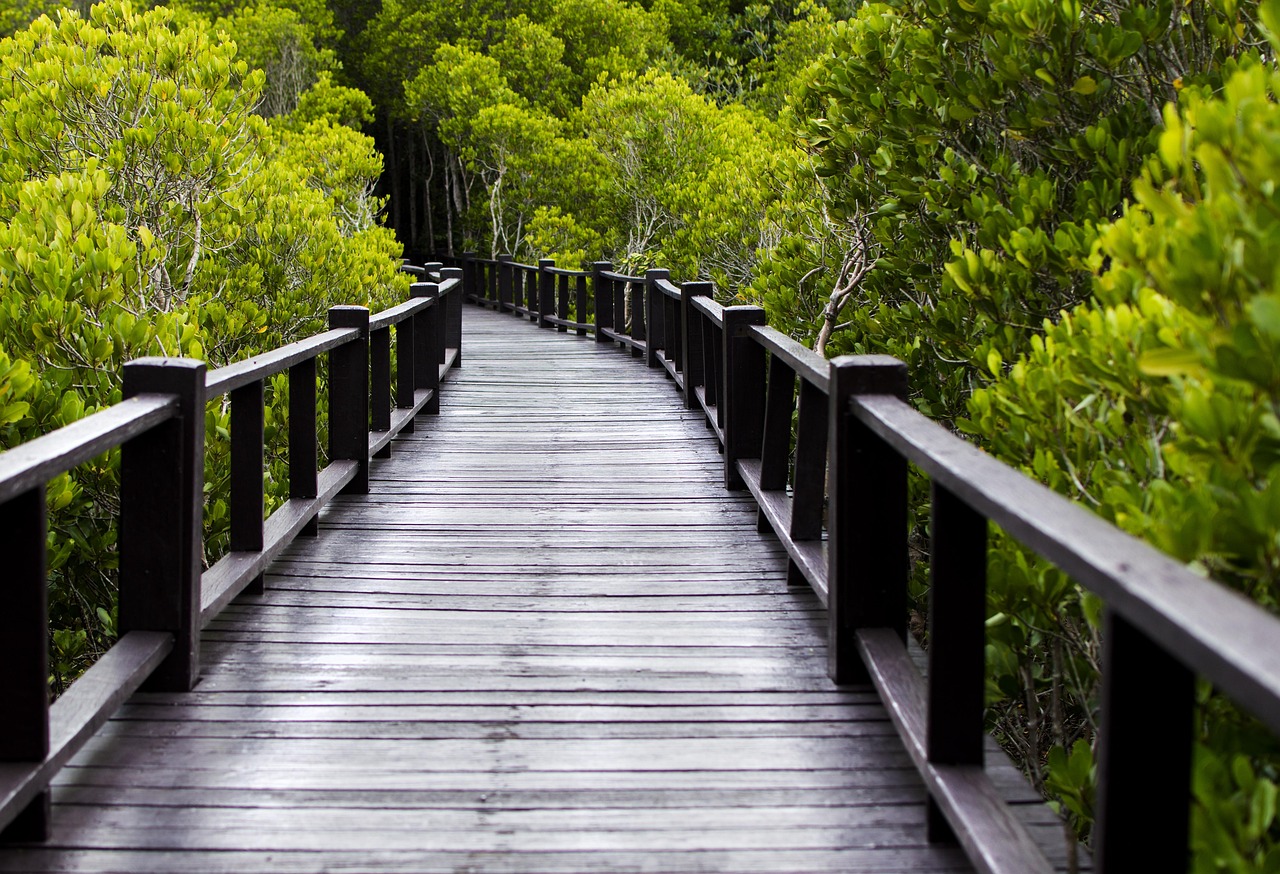
The carbon implications of mangrove expansion are staggering. We estimated in one study that mangrove carbon storage at the Kennedy Space Center increased by 25 percent in only seven years as mangrove forests spread. We concluded that if mangrove expansion continued unchecked by freezes into other southeastern U.S. wetlands, wetland carbon storage could result in the uptake of 26 million metric tons of carbon by 2080. This is equivalent to just over 95 million metric tons of carbon dioxide, which is about 28 percent of Florida’s total greenhouse gas emissions from human activities in 2010.
Mangroves are among the most carbon-rich forests in the tropics. It is estimated that the average annual carbon sequestration rate for mangroves averages between 6 to 8 Mg CO₂e/ha (tons of CO₂ equivalent per hectare). These rates are about two to four times greater than global rates observed in mature tropical forests. The expanding mangrove frontier represents a natural climate solution unfolding before our eyes.
Storm Surge Defense Systems Moving Northward
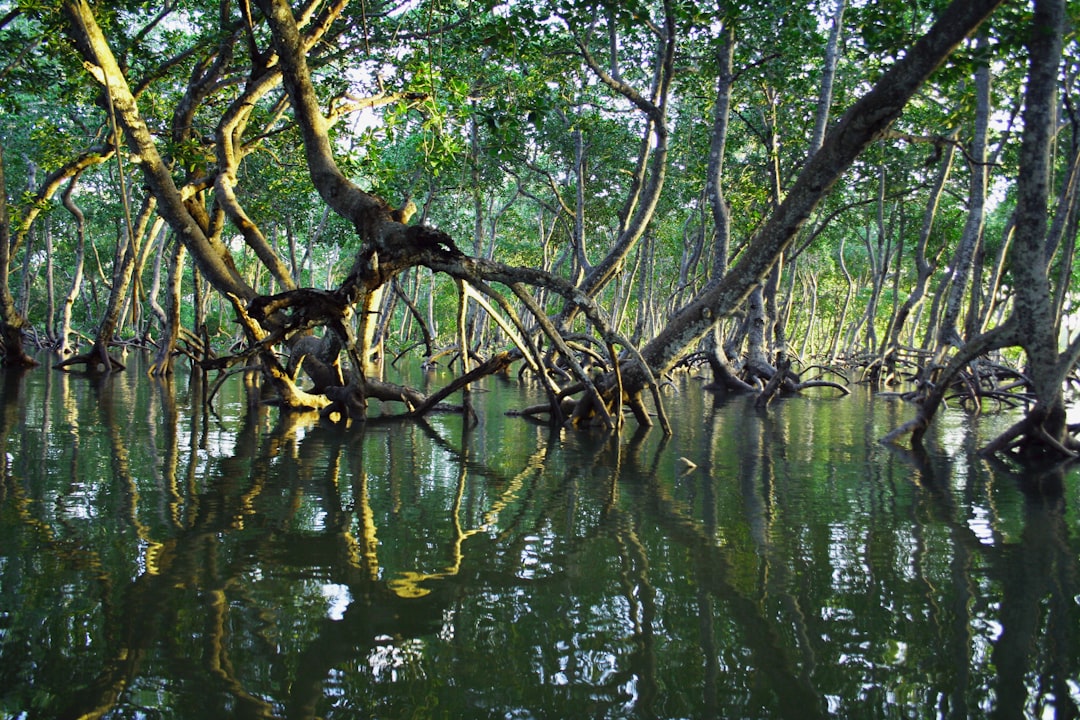
As hurricane intensity increases, mangroves offer hope as living seawalls. Mangrove forests can reduce wave energy by 13-66% and storm surge heights by 5-70 cm per 100 m of forest width. In addition, peak water level height decreased by 4.2 to 9.4 cm on average across multiple mangrove forest patches. These protective benefits are now extending into regions that previously relied entirely on human-built defenses.
The complex system of roots and branches of mangroves helps protect coastal populations and properties from flooding, strong winds and extreme weather. The complex system of roots and branches of mangroves helps protect coastal populations and properties from flooding, strong winds and extreme weather. Mangrove roots also reduce erosion and increase accretion, promoting stabilisation and establishment of coastal soil. America’s expanding mangrove frontier could fundamentally change how we think about coastal protection strategies.
The northward march of American mangroves represents one of the most visible and consequential ecosystem shifts of our time. These forests aren’t just moving – they’re transforming entire coastal regions, creating new carbon sinks, and building natural defenses against increasingly severe storms. From Florida’s rapid tropical transformation to Georgia’s first pioneering populations, we’re witnessing nature’s own climate adaptation strategy in action.
What makes this phenomenon particularly fascinating is its speed and scope. Within decades, landscapes that have remained relatively unchanged for centuries are becoming unrecognizable. The implications extend far beyond ecology, touching everything from coastal protection to carbon policy to the very identity of American coastlines. What do you think – are we ready for this new tropical America? Tell us in the comments.




